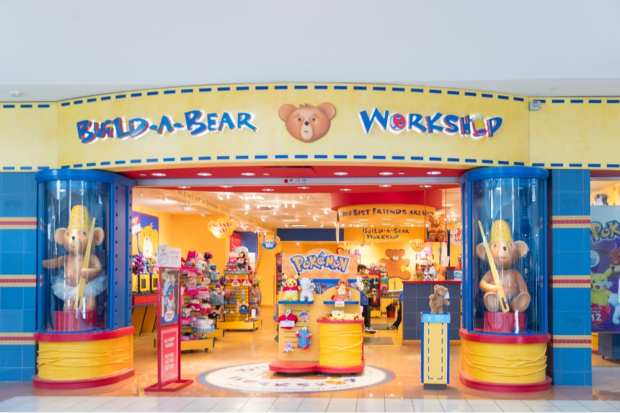Build-A-Bear Workshop Rolls Out Online Program ‘Workshop Wednesdays’

To provide children and families with entertainment amid the coronavirus pandemic, Build-A-Bear Workshop, Inc. has rolled out its Workshop Wednesdays online program. The online resource offers different activities and ways to stay entertained during the week, according to an announcement.
Build-A-Bear President and CEO Sharon Price John said in an announcement, “Families around the world are adjusting to extended time at home and are looking for ways to stay active, connected and entertained. Build-A-Bear has been a source and outlet for creativity, imagination and fun since we opened our first store more than 20 years ago.”
John continued, “With Workshop Wednesdays, we hope to continue to deliver what families have come to expect from Build-A-Bear, starting with our innovative online resources and continuing with unique in-store activities when we are able to reopen our physical stores.”
The company will provide activities every Wednesday, including recipes for snacks, coloring sheets and storytime, along with an online bear builder that “brings the fun of the Workshop home.” The bear builder comes with features that let customers choose a bear, add sounds and scents, dress their bears and make a wish on their heart for them or another person.
Build-A-Bear has more than 500 stores throughout the globe where customers can customize products, with corporately managed locations in the U.S., U.K., Canada and China, among other countries. In fiscal 2019, Build-A-Bear Workshop, Inc. posted total revenue of $338.5 million.
Back in 2018, Build-A-Bear held a promotion that allowed parents to build a bear for the cost of their child’s age, but overwhelming demand caused the company to limit participating, resulting in widespread disappointment.
In March, news surfaced that retailers throughout the globe were closing their doors or decreasing their hours to decelerate the spread of the coronavirus. The closures were meant to promote social distancing, the act of cutting down on person-to-person contact to slow the disease. Each infected individual is estimated to spread the virus to an average of two or three other people.